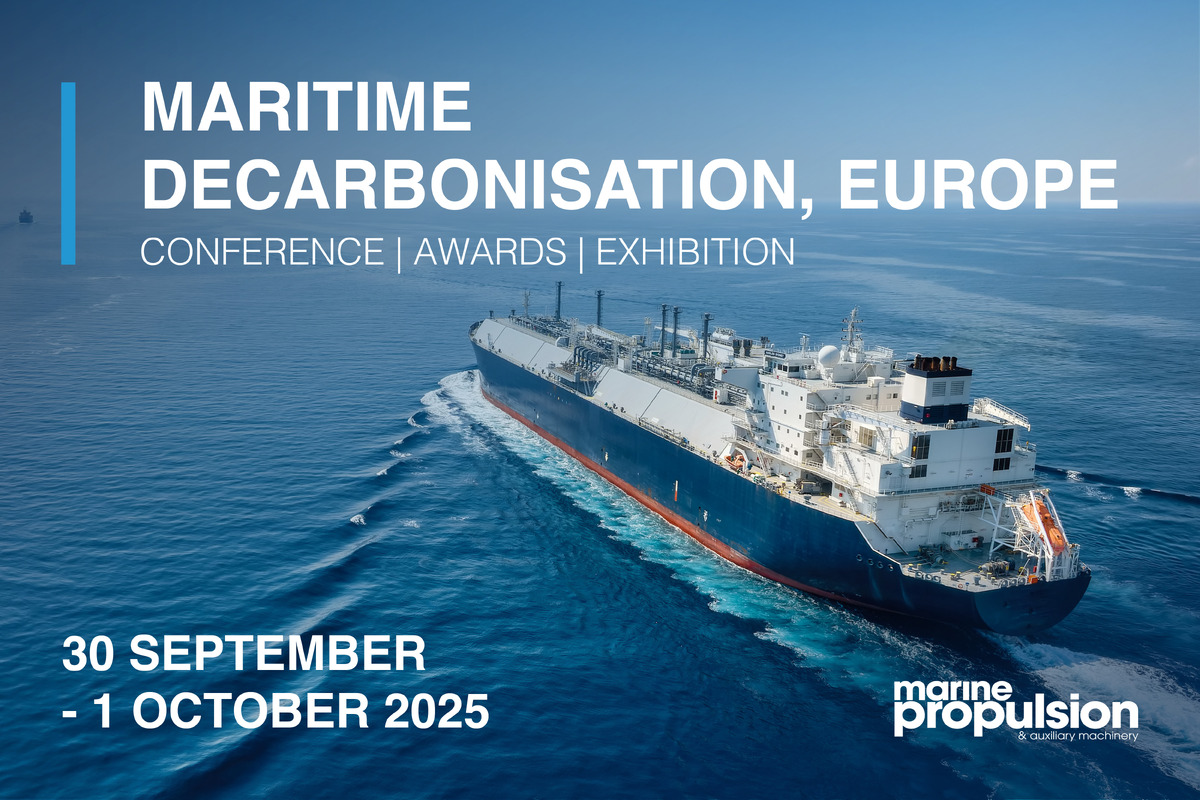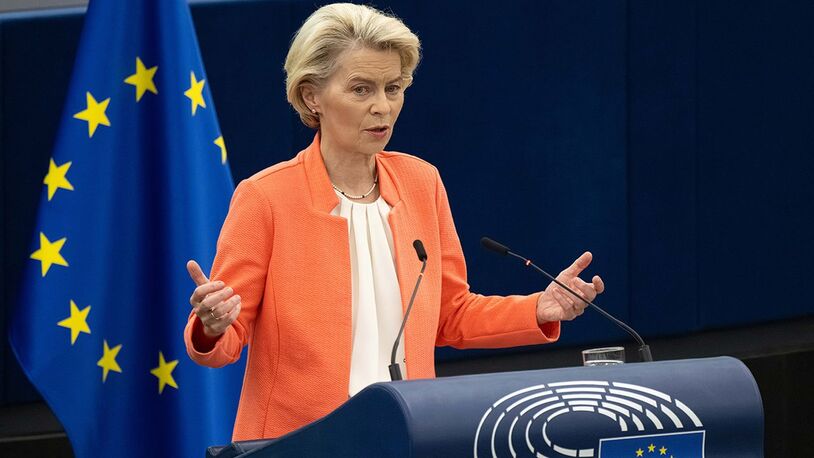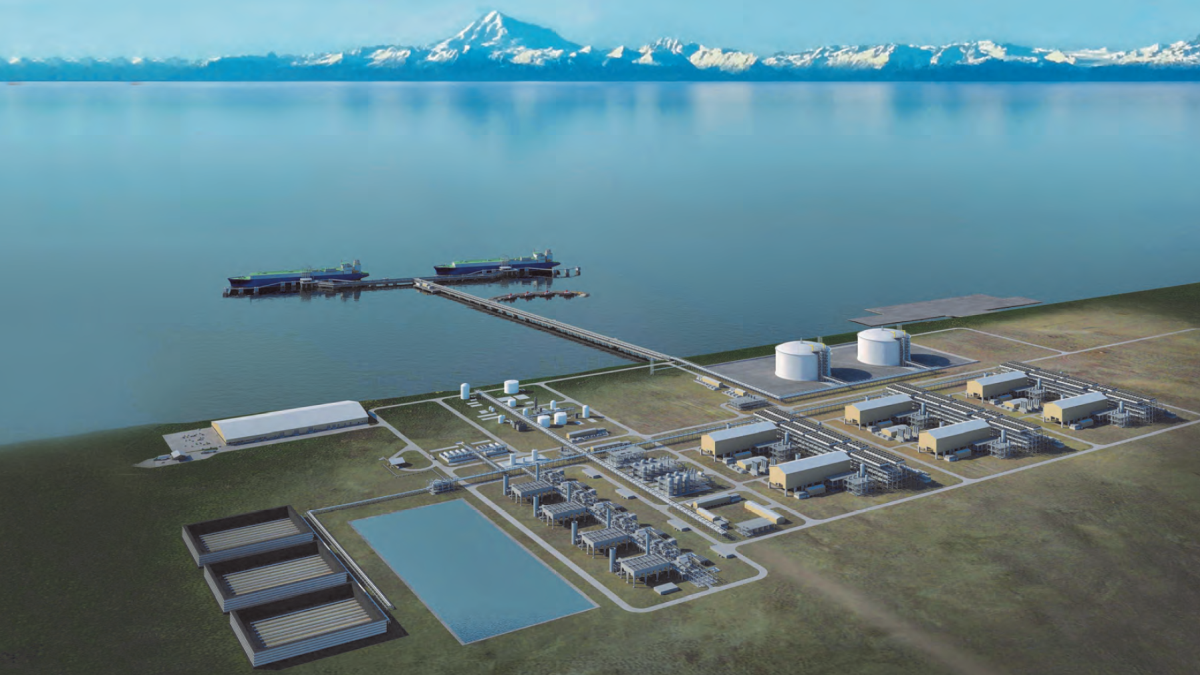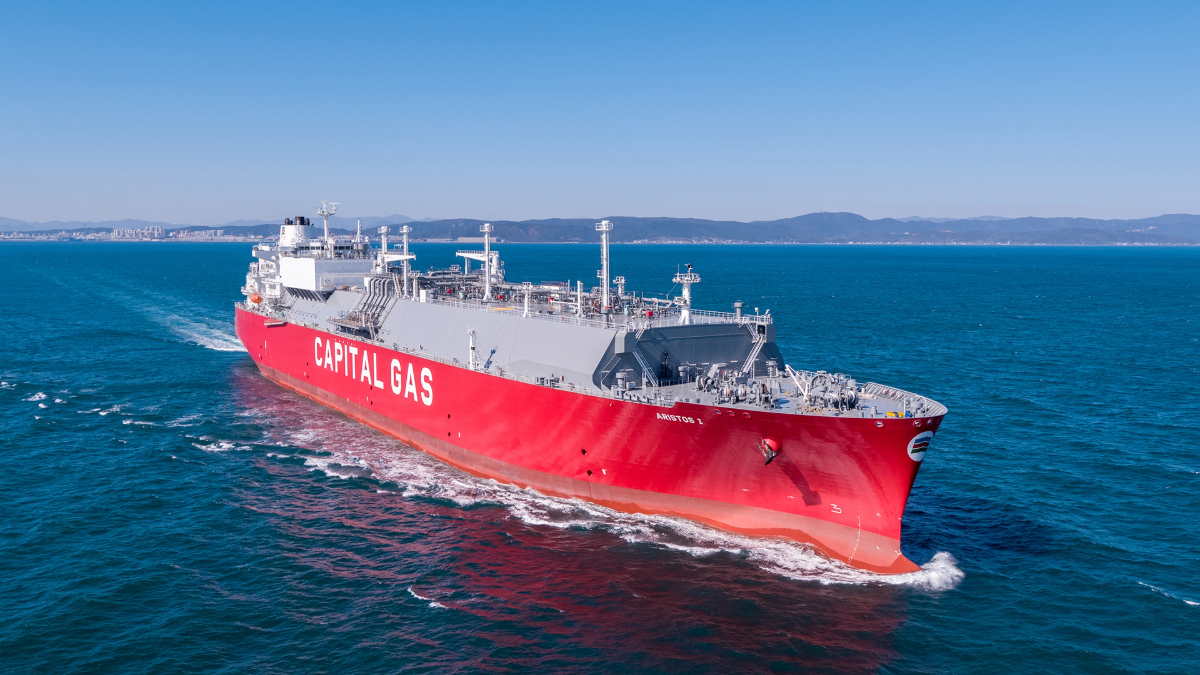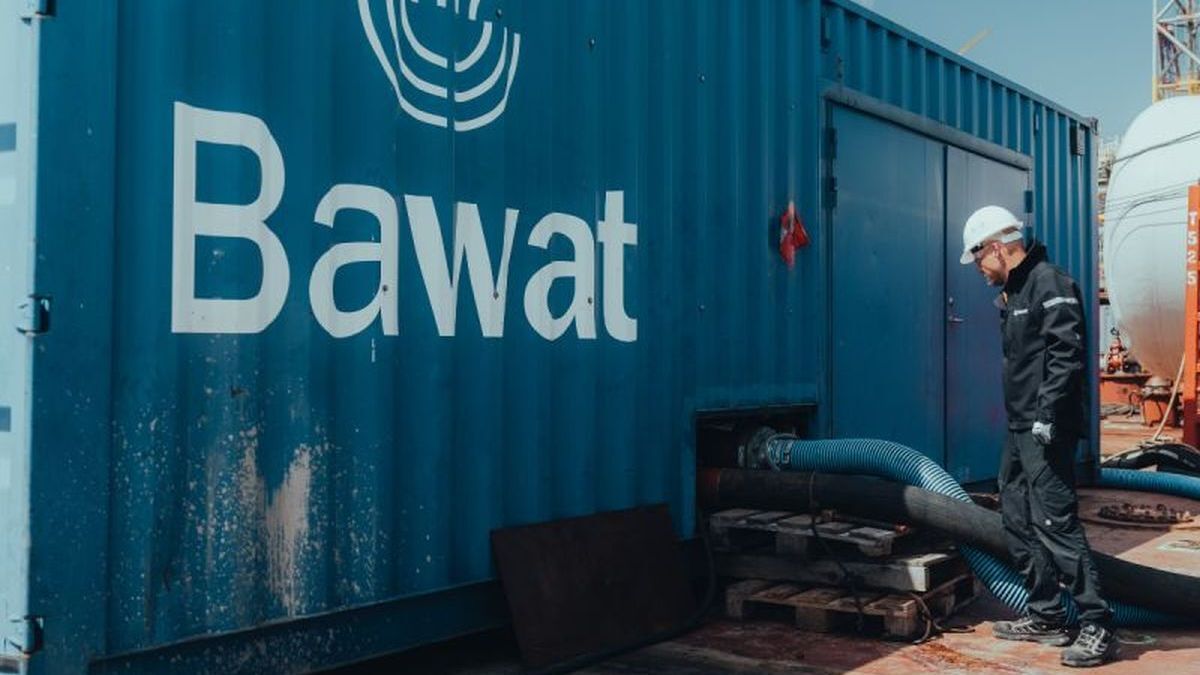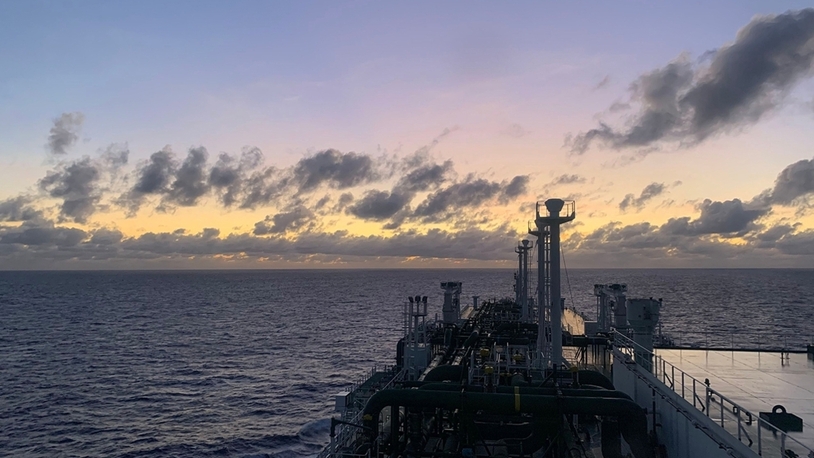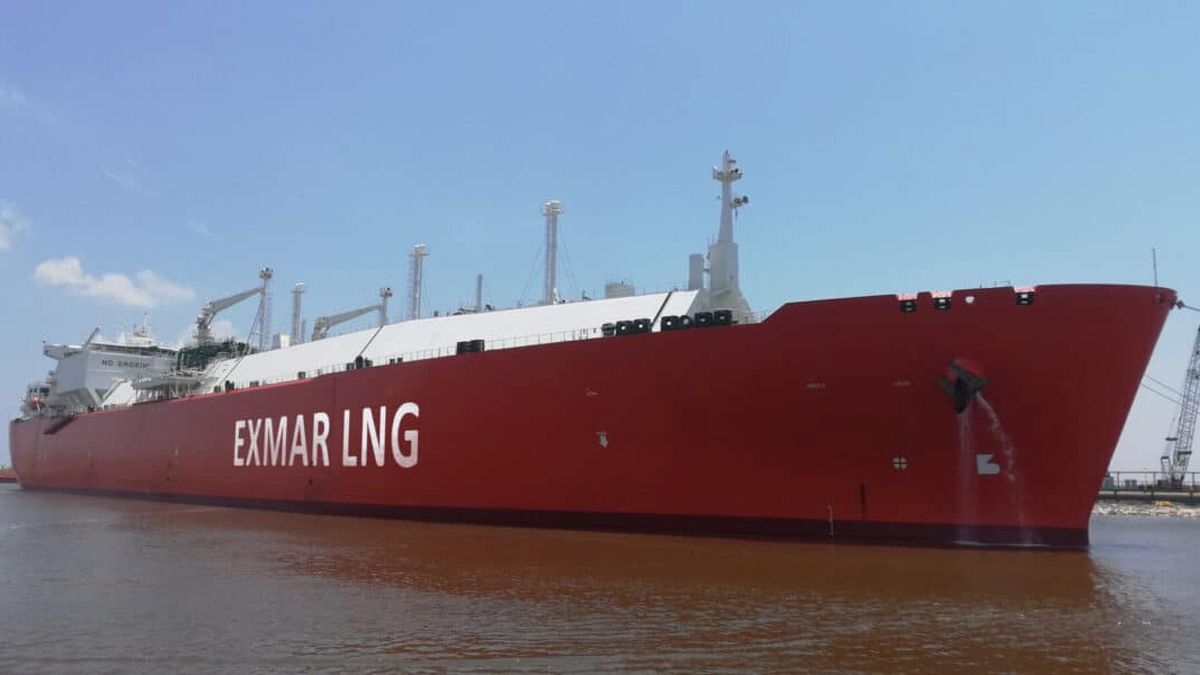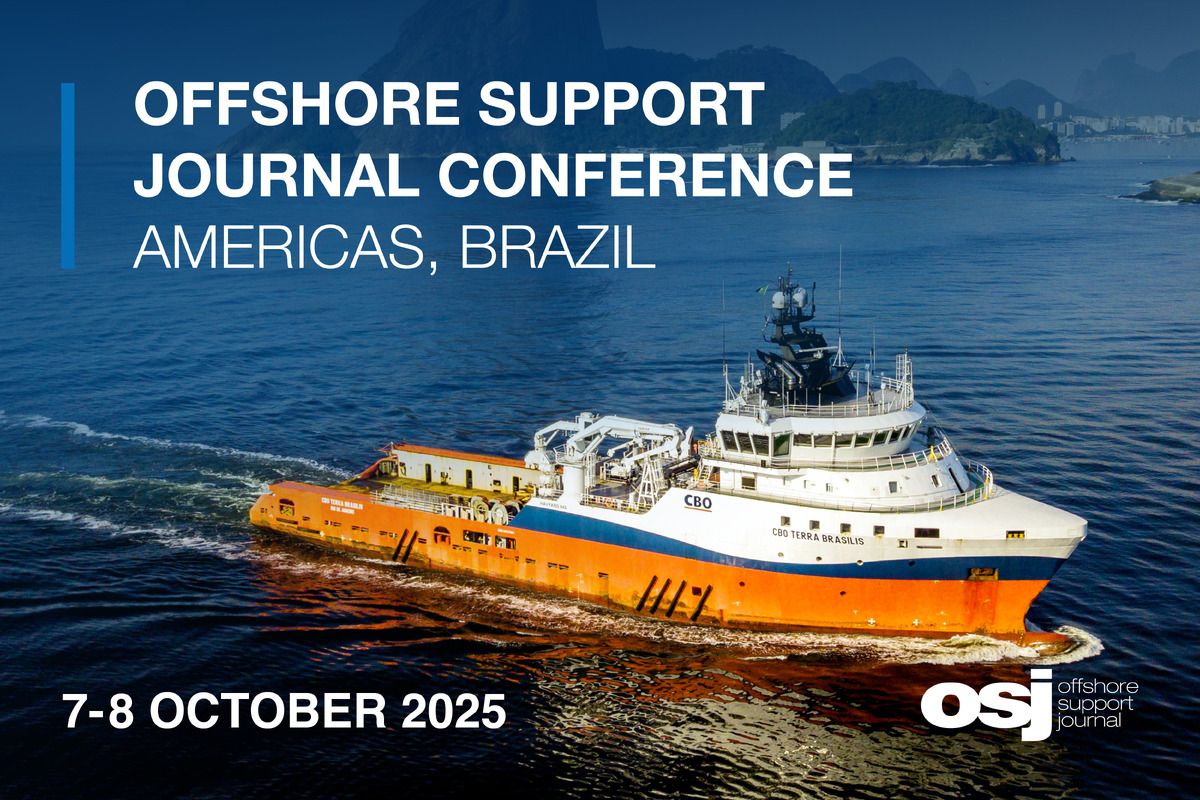Business Sectors
Contents

LNG Canada export terminal moves ahead with new contracts
Contracts worth Can$937M (US$730) have now been awarded following the first three months of construction of the Can$40Bn LNG Canada export terminal near Kitimat, British Columbia (BC), Canada.
One of the largest infrastructure projects ever in Canada, LNG Canada will export LNG to China, South Korea and Japan.
In phase one, LNG Canada will have two LNG trains with storage tanks and processing equipment, a rail yard, and wharf that can berth two LNG carriers. A second phase will add two more trains.
LNG Canada has also committed to making the export terminal one of the most environmentally friendly LNG facilities in the world. During a keynote address at the British Columbia Natural Resource Forum, LNG Canada chief executive officer Andy Calitz said, “We designed our facility to have the lowest CO2 emissions of any large-scale LNG export facility operating in the world today. We recognised the concern about climate change and we wanted to be part of the solution.”
The BC government has exempted LNG Canada from a Can$15-a-tonne increase to the carbon tax until 2021 if it can keep its promise. The BC Government has a goal to cut its CO2 emissions based on 2007 levels by 40%.
LNG Canada is a joint venture comprised of Royal Dutch Shell, through its affiliate Shell Canada Energy (40%); Petronas, through its wholly-owned entity, North Montney LNG Limited Partnership (25%); PetroChina Company, through its subsidiary PetroChina Canada (15%); Mitsubishi Corporation, through its subsidiary Diamond LNG Canada (15%); and Korea Gas Corporation, through its wholly-owned subsidiary Kogas Canada LNG (5%). It is operated through LNG Canada Development Inc.
While the project has faced opposition from some local indigenous groups, it has also won the support of other First Nations because of the employment opportunities the project is expected to create. It is estimated that 10,000 Canadian workers will be employed during the years of construction of the LNG Canada and the Coastal GasLink pipeline that will transport natural gas from northeastern BC to the LNG export facility for processing.
“For First Nations communities,” said Susannah Pierce, LNG Canada’s director external relations, “it is delivering on the opportunities we have committed to that will assist the Nations address issues of poverty, unemployment and skills development. For local communities, it is the opportunity for young people to find employment that allows them to remain living in the North.”
Related to this Story
Events
Offshore Wind Webinar Week
Maritime Decarbonisation, Europe: Conference, Awards & Exhibition 2025
Offshore Support Journal Conference, Americas 2025
© 2024 Riviera Maritime Media Ltd.
